Tin Foil and Its Combinations for Filling Teeth
Tin Foil and Its Combinations for Filling Teeth
Believing that sufficient and well-deserved prominence was not being given to the use of tin foil and its combinations, the author decided to present a brief historical résumé of the subject, together with such practical information as he possesses, before the profession in order that it may have the satisfaction of saving more teeth, since that is the pre-eminent function of the modern dentist.
Book Excerpt
or five plugs in them, which had been inserted at different periods during the last half-century. I prefer strips cut from six sheets laid upon each other. If the foil is well connected, the cut edges will adhere firmly; if they do not, the foil is not fit for use." (Dr. B. T. Whitney, Dental Register of the West, 1850.) First reference to the fact that tin is adhesive.
"Tin is desirable in all unexposed cavities. It has a stronger affinity for acetic, citric, tartaric, malic, lactic, and nitric acids than the tooth has: a good material where the secretions are of an acid character, it is better that the filling should waste away than the tooth. One cavity in my mouth was filled with gold, decay occurred, the filling was removed; cavity filled with oxychlorid, which produced pain; filling removed; cavity filled with gutta-percha, still experienced pain; filling removed; cavity filled with tin, and pain ceased in an hour. A tin filling was shown in New York which was sixty years old; made in 18
Editor's choice
(view all)Popular books in Health, Non-fiction
Readers reviews
0.0
LoginSign up
Be the first to review this book
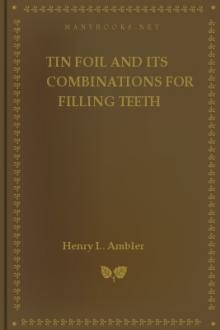
 Free Download
Free Download















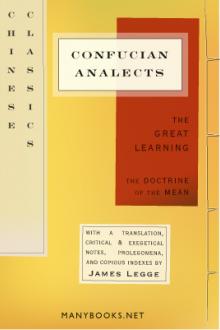
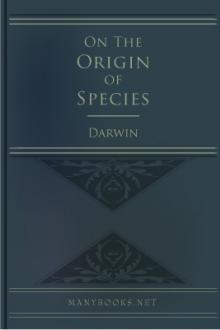
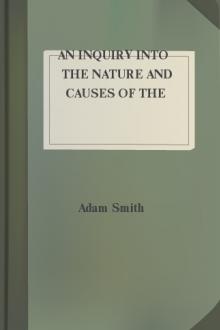

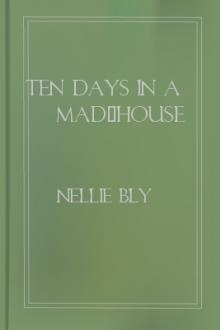
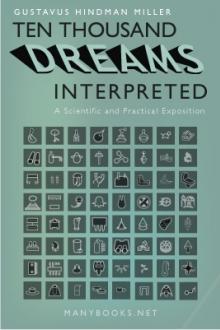
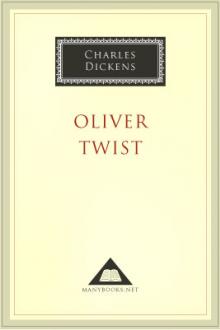
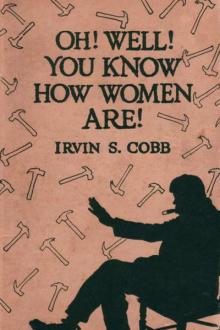
-itok=vcKIB5v1.jpg)